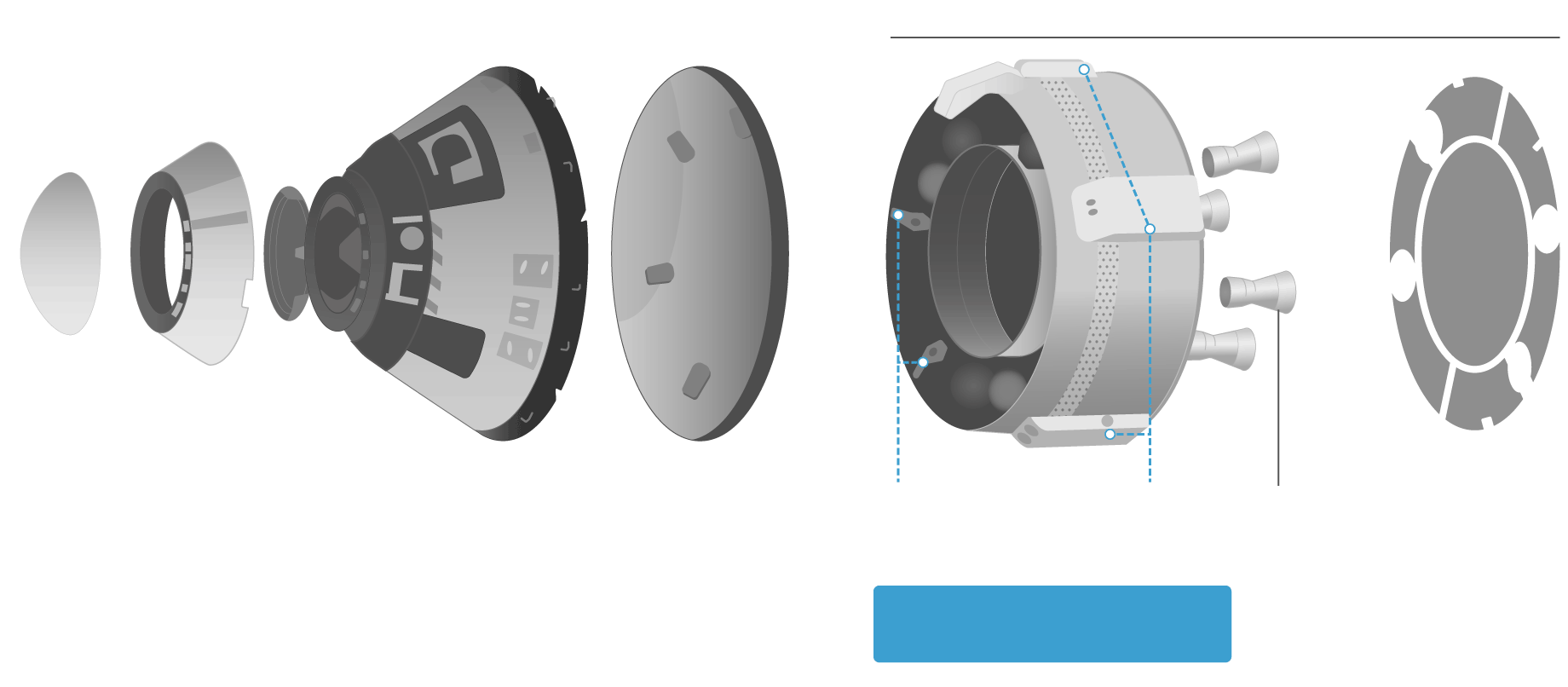21.08.2024
NASA and Boeing have been monitoring two issues with the Starliner: one with a set of thrusters and the other involving helium leaks in the vehicle’s propulsion system.

Two NASA astronauts have spent nearly three months waiting aboard the International Space Station after their Boeing spacecraft encountered problems on its journey into orbit.
Boeing’s Starliner capsule, which remains parked at the space station, has been sidelined by malfunctioning thrusters and leaking helium. Engineers on the ground have been scrambling to understand the problems, and NASA is still weighing how to bring the astronauts home safely.
The high-stakes mission is the Starliner’s first crewed flight, and it was meant to be the final hurdle before NASA could certify Boeing’s spacecraft to make routine trips to and from the orbiting outpost. But as the trip — originally intended to last around eight days — has stretched on, NASA has said it is considering bringing its astronauts home to Earth on a SpaceX capsule, instead.
Here’s what went wrong with Boeing’s Starliner capsule.
NASA and Boeing have been monitoring two separate issues with the Starliner: one with a set of thrusters and the other involving helium leaks in its propulsion system. Either could affect its ability to carry astronauts Butch Wilmore and Suni Williams back to Earth.
The astronauts lifted off aboard the Starliner on June 5. The setbacks started the next day.
As Starliner was approaching the International Space Station, five of the capsule’s 28 reaction control system thrusters malfunctioned, delaying the docking process by almost an hour.
Those thrusters are on the spacecraft’s service module and are used to move the capsule around in orbit, particularly to adjust its position as it docks and undocks with the space station.
Four thrusters were eventually restored, which allowed the astronauts to complete their arrival at the space station, but the problem prompted NASA to launch an investigation into what caused the thrusters to shut down.
Engineers with NASA and Boeing have been using a test engine at the space agency's White Sands Test Facility in New Mexico to study the performance of the thrusters. Teams subjected that engine and its thrusters, which were developed for future Starliner flights, to conditions similar to those the capsule experienced on its way to the space station.
Mission managers also conducted a “hot fire test” in space, firing Starliner’s thrusters in short bursts while it stayed docked at the space station.
Preliminary results indicated that all but one of the 28 reaction control system thrusters performed well, but NASA said various tests have shown that a tiny Teflon seal seemed to swell under high temperatures, which could block the flow of propellant into the thrusters. It said the expanding seals may be to blame for the thruster problems that cropped up during docking.
However, Steve Stich, NASA’s Commercial Crew Program manager, said this month that the team “can’t totally prove with certainty what we’re seeing on orbit is exactly what’s been replicated on the ground.”
He said more time was needed to ensure that the ground tests were accurately replicating conditions in orbit. NASA also wanted to analyze how the thruster problems might affect Starliner’s ability to undock and safely back away from the space station.

Separately, teams have also been monitoring slow helium leaks in the spacecraft’s propulsion system.
Mission managers knew about one helium leak before Starliner’s launch but said at the time that the slow leak was manageable and unlikely to affect the mission or compromise the astronauts’ safety.
Not long after liftoff, however, officials detected two more helium leaks at the top side of the capsule's service module.
Late last month, NASA said that testing had verified that Starliner’s propulsion system was stable and that helium leak rates had not increased in a way that might jeopardize a return trip to Earth.
It brought in additional propulsion experts earlier this month to conduct further testing and analysis.
It's possible that Wilmore and Williams could still fly home aboard Starliner, but if NASA opts to call on SpaceX for the return journey, they would be forced to extend their stay in orbit into the new year. To accommodate previously scheduled missions, they would stay at the space station until February, then return to Earth with two space station crew members on one of SpaceX's Crew Dragon capsules.
NASA is expected to make a final decision about the astronauts’ return in the coming days.
Quelle: NBC News
